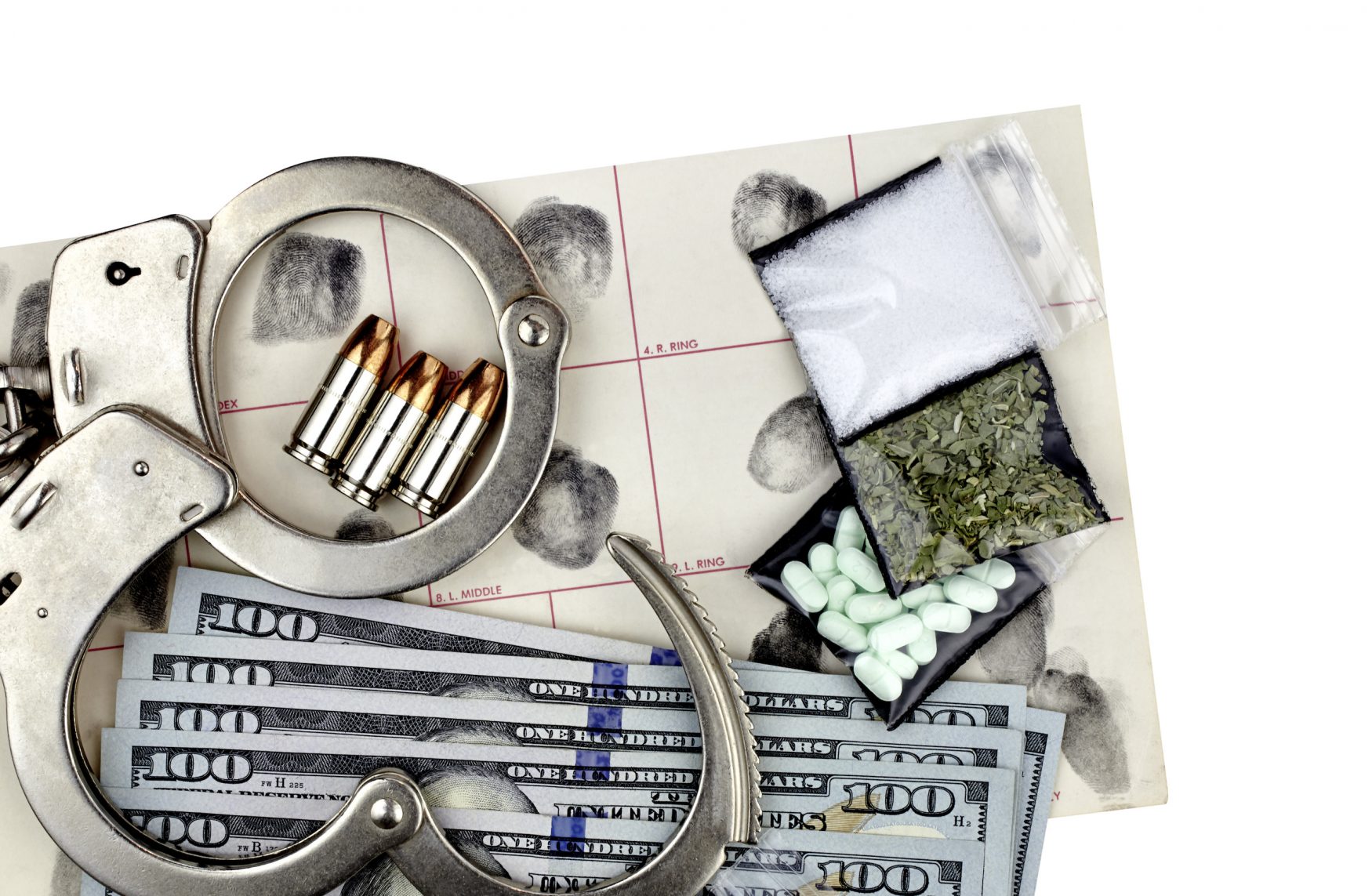
Statistics on War on Drugs
Statistics on War on Drugs Show Profits for Big Business With Failed Racist Policies.
In the U.S. statistics on war on drugs results after more than two decades demonstrate failure.
According to the statistics from the US Justice Department, at the end of 2005, of 253,300 state prison inmates doing time for drug offenses, 113,500 (44.8%) were black, 51,100 (20.2%) were Latino, and 72,300 (28.5%) were white.
In the year 2000, of 281,421,906 living in the US, 69.1% were white, 12.1% were black and 12.5% were Latino.
Black males were 6 times more likely to be held in custody than whites.
Of the 72.3 million children in 1999 in the US, 2.1% had a parent in State or Federal prison.
Black children were nearly 9 times more likely to have a parent in prison than white children and Latin Americans 3 times as likely as whites.
The war on drugs targets the poor and specifically people of color.
According to Human Rights Watch, five times as many whites use drugs than blacks.
The war on drugs in America is a race war that targets young African American males.
Financing the Drug War Propaganda
Statistics on war on drugs show that rehab works, not repression. Nevertheless the anti-drug repression and propaganda is good business for the legal drug companies.
Alcohol, tobacco and the big pharmaceutical companies as well as the private prison business make big money from the war on drugs in the US.
Conservative think tanks like the RAND Corporation have presented information to policy makers since the early 1990s indicating that the best use of funds for a war on drugs is though treatment and rehabilitation programs.
This has been ignored consistently by policy makers.
No statistics on war on drugs indicate success for the repressive policies in place since the Reagan era.
Drug testing is an assault on the privacy rights guaranteed by the U.S. Constitution and prior to the late 80s all mandatory testing was laughed out of the courts.
But Ronald Reagan named nearly 400 federal judges, re-making the bench in his own ultra-conservative repressive ideological image.
Despite repression of drug production being a failed policy in the 90s it was bi-partisan.
Bill Clinton gave it a big boost with Plan Colombia in early 2000, modernizing Colombia’s airforce with 18 Blackhawk helicopters at $15 million each from Sikorsky Aircraft in Connecticut.
The move no doubt paid big contributions to the 2000 campaign for re-election by veteran Connecticut Senator Christopher Dodd.
War on Colombian drug cartels has brought the violence home. With the Colombians on the defensive, by the middle of the first decade of the 21st Century drug power has moved to Mexico.
Statistics on war on drugs demonstrate a rising death toll as repression against the new Mexican drug kingpins has only created a violent response along the Mexican border and in many U.S. cities.
While the war on drugs is good business for U.S. capital it is spilling over the Mexican border onto Main Street, USA.
Barack Obama, as a candidate spoke firmly for a new drug policy instead of continuing the failed policies of the past. Now is his chance to make good.
But is he willing to betray the drugs and weapons industries in the U.S. that are making big bucks off the status quo?

 My First Amazing Ayahuasca Experience
My First Amazing Ayahuasca Experience  Pine Needle Tea
Pine Needle Tea  The REAL Controllers of Humanity: The Papal Bloodlines
The REAL Controllers of Humanity: The Papal Bloodlines  Is it Global Warming or Cooling?
Is it Global Warming or Cooling?  Gun Rights and Obama Examined
Gun Rights and Obama Examined